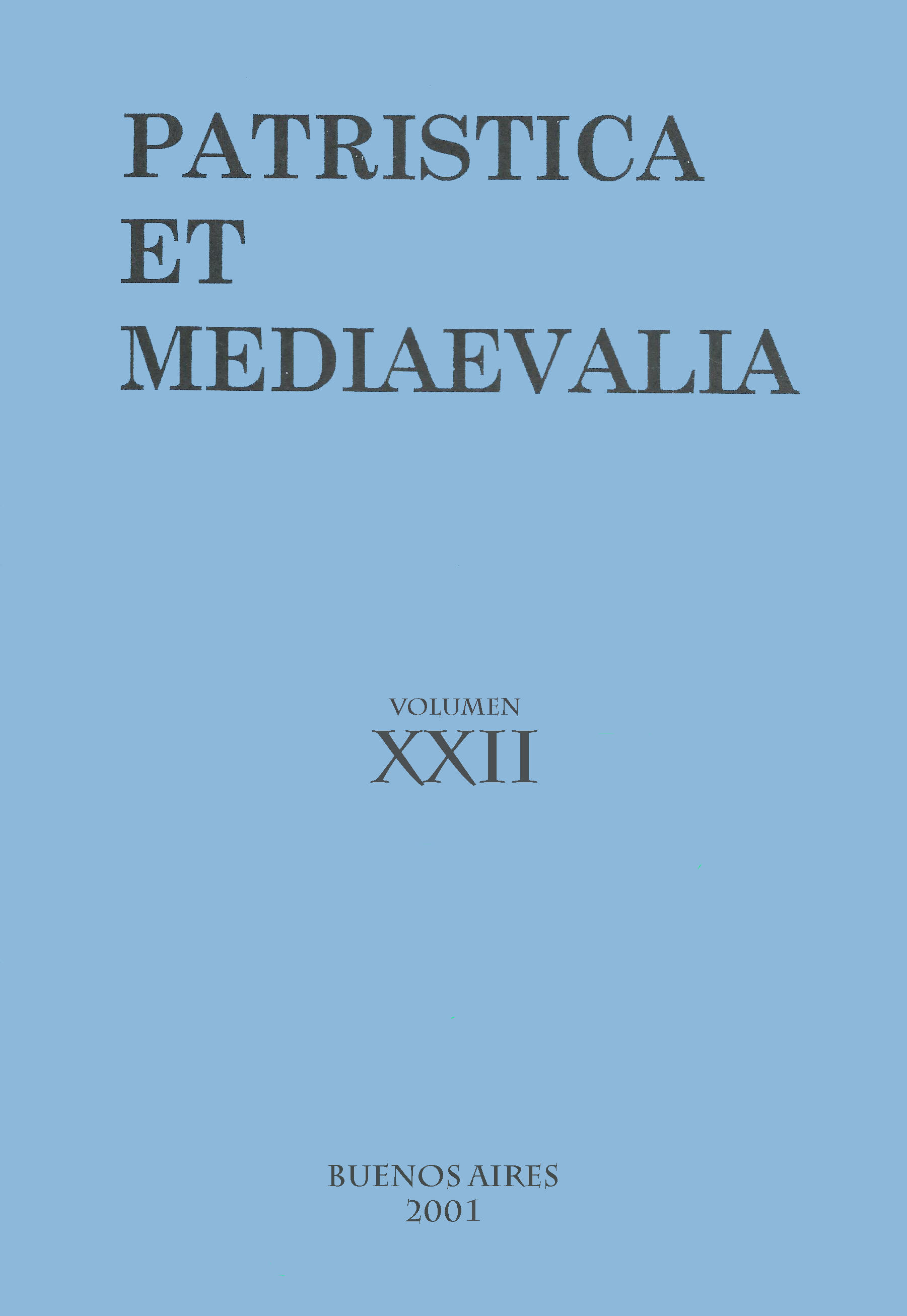Consensus and Representation in the De concordantia catholica of Nicholas of Cuse
Abstract
This article places Nicholas of Cuse’s work, De concordantia catholica, within the frame of the councilistic tradition of the Low Middle Ages. It shows how Cusa finds the possibility of a concordance –by definition always provisory and “conjectural”– among the members of the Christian society (unitas fidelium). In that sense, it reconstructs the articulation between a theocratic or descendent scheme of temporal power and the doctrine of consent. The article also illustrates the fact that, having that combination as its source, a particular conception of representation results: Council and Empire, ultimate organisers of the spiritual and social needs of the unitas fidelium are, respectively, the representatives of God and popular consent.Downloads
References
Alberigo, G. (1981). Chiesa conciliare, Identità e significato del conciliarismo. Brescia: Paideia Editrice.
Bauer, R. (1954). Sacrum imperium et Imperium germanium chez Nicolas de Cues. Archives d’Histoire Doctrinale et Littéraire du Moyen Âge, 21, 207-240.
De Vooght, P. (1965). Les pouvoirs du concile et l’autorité du Pape au Concile de Constance, Le décret ‘Haec Sancta Synodus’ du 6 avril 1415. Paris: Éditions du CERF.
Kraemer, W. (1994). Konkordanz und Konsens in Kirche und Respublica christiana, Inhaltliche Tragweite und geschichtlicher Hintergrund. Mittelungen und Forschungsbeiträge der Cusanus-Gessleschaft, Bd 21, 231-273.
Miethke, J. (1993). Las ideas políticas en la Edad Media, trad. F. Bertelloni. Buenos Aires: Biblos.
Morrissey, T. (1998). Ein unruhiges Leben, Franciscus Zabarella an der Universität von Padua (1390-1410): Die Welt, die Nikolaus von Kues vorfand. In Kremer, K. & Reinhardt, K. (Hrsg.). Nikolaus von Kues als Kantonist und Rechtshistoriker. Trier: Grünewald, Mainz, 5-40.
Piaia, G. (1983). La fondazione filosofica della teoria conciliare in Francesco Zabarella. In Poppi, A. (ed.). Scienza e Filosofia all’Università di Padova nell’Quattrocento (Contributi alla storia dell’Università di Padova, 15). Trieste/Padova: Lint, 431-462.
Piaia, G. (1998). Marsilius von Padua (☨1342) und Nicolaus Cusanus (☨1464): Eine zweideutige Beziehung?. Mittelungen und Forschungsbeiträge der Cusanus-Gessleschaft, Bd 24, 171-193.
Reinhardt, K. (1994). Die Repräsentanz Christi und der Christgläubigen im kirchlichem Amt. Mittelungen und Forschungsbeiträge der Cusanus-Gessleschaft, Bd 21, 183-210.
Reinhardt, K. (1995). Concordancia católica, El concepto de la sociedad cristiana en Nicolás de Cusa y Juan de Segovia. Cuadernos salmantinos de filosofía, 22, 39-50.
Thierney, B. (1955). Foundations of the Conciliar Theory, The Contribution of the Medieval Canonists from Gratian to the Great Schism. Cambridge: Cambridge University Press.
Ullman, W. (1961). Principles of Government and Politics in the Middle Ages. London: Methuen.
1. The authors who publish in this magazine accept the following conditions:
-
They retain the copyright and grant to the magazine the right of the first publication, with the work registered under the Attribution-ShareAlike 4.0 International License that allows third parties to use what is published as long as they mention the authorship of the work and the first publication in this magazine.
-
They can make other independent and additional contractual agreements for the non-exclusive distribution of the version of the article published in this magazine (eg. include it in an institutional repository or publish it in a book) provided that they clearly indicate that the work was first published in this journal.
-
They are allowed and recommended to publish their work on the Internet (for example on institutional or personal pages).
2. AutoArchive Conditions. Authors are allowed and encouraged to distribute post-print electronic versions of their manuscripts because it promotes their circulation, a possible increase of quotation and a major reach among the Academic community. Color RoMEO: blue.













